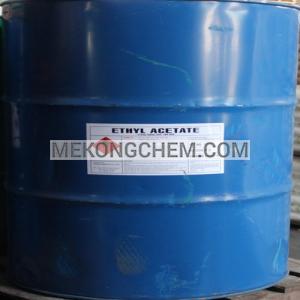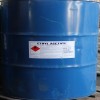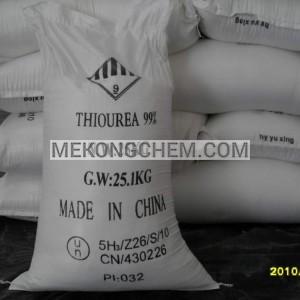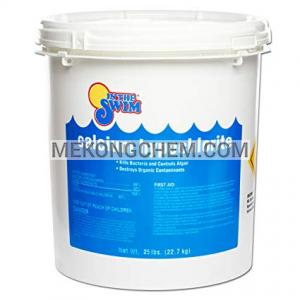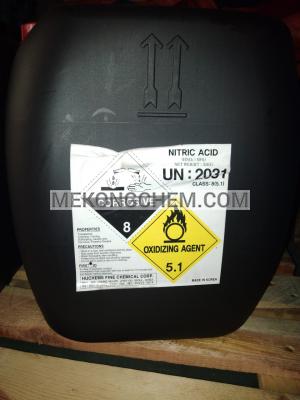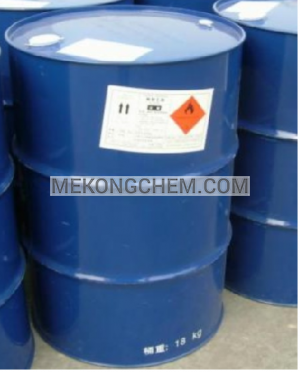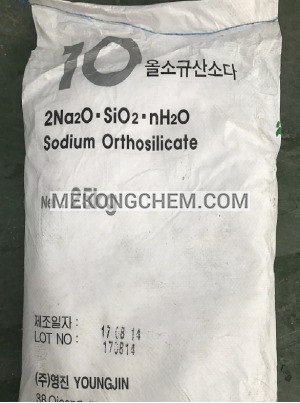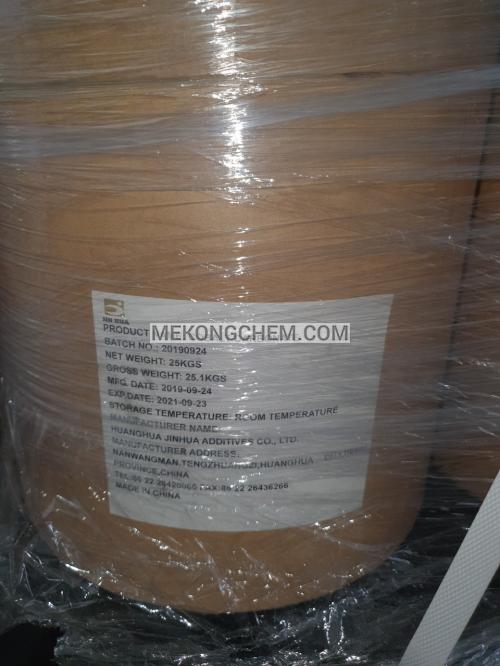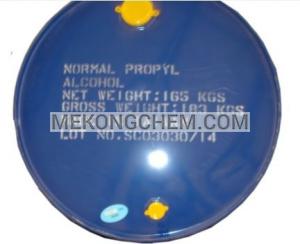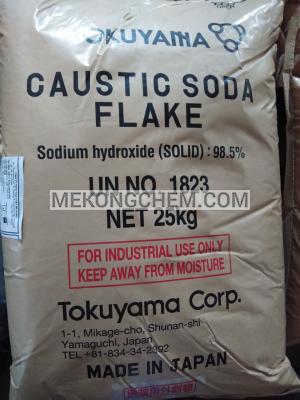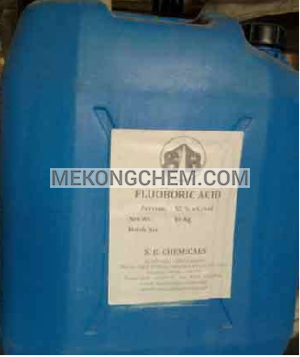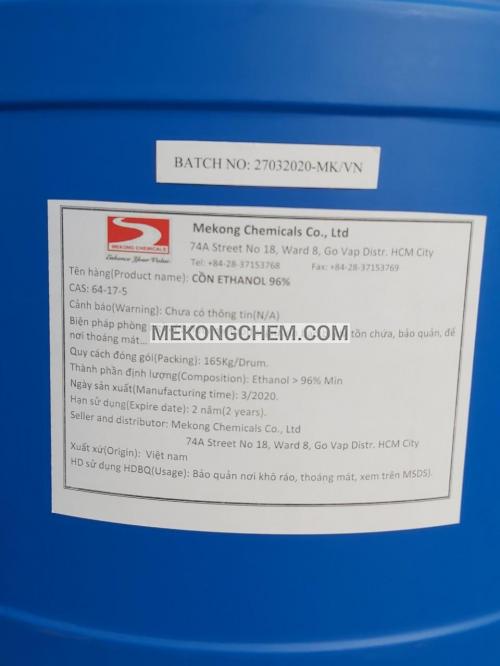Ethyl Acetate
| FORMULA | : | C4H8O2 |
| ORIGIN | : | Taiwan, China |
| PACKING | : | 180kg/drum |
| APPLICATION | : | Solvent in paint and ink industry ... |
Short description
Ethyl acetate (systematically ethyl ethanoate, commonly abbreviated EtOAc, ETAC or EA) is the organic compound with the formula CH3–COO–CH2–CH3, simplified to C4H8O2. This colorless liquid has a characteristic sweet smell (similar to pear drops) and is used in glues, nail polish removers, decaffeinating tea and coffee. Ethyl acetate is the ester of ethanol and acetic acid; it is manufactured on a large scale for use as a solvent. 1. Nature - Cas number: 141-78-6 - Molecular formula: C4H8O2 - Molecular weight: 88,105 g / mol - Appearance: Transparent liquid - Odor: sweet ester - Density: 0.897 - Freezing temperature: -83.6oC - Boiling temperature: 77.1oC - Water solubility: 83g / L (20oC) - Steam pressure: 14 kPa (20oC) - Viscosity: 0.426 cP (20oC) 2. Production: Ethyl acetate is synthesized in industry mainly via the classic Fischer esterification reaction of ethanol and acetic acid. 3. Applications: Ethyl acetate is used primarily as a solvent and diluent, being favored because of its low cost, low toxicity, and agreeable odor. For example, it is commonly used to clean circuit boards and in some nail varnish removers (acetone and acetonitrile are also used). Coffee beans and tea leaves are decaffeinated with this solvent. It is also used in paints as an activator or hardener. Ethyl acetate is present in confectionery, perfumes, and fruits. In perfumes, it evaporates quickly, leaving only the scent of the perfume on the skin.Ethyl acetate (systematically ethyl ethanoate, commonly abbreviated EtOAc, ETAC or EA) is the organic compound with the formula CH3–COO–CH2–CH3, simplified to C4H8O2. This colorless liquid has a characteristic sweet smell (similar to pear drops) and is used in glues, nail polish removers, decaffeinating tea and coffee. Ethyl acetate is the ester of ethanol and acetic acid; it is manufactured on a large scale for use as a solvent.
1. Nature
- Cas number: 141-78-6
- Molecular formula: C4H8O2
- Molecular weight: 88,105 g / mol
- Appearance: Transparent liquid
- Odor: sweet ester
- Density: 0.897
- Freezing temperature: -83.6oC
- Boiling temperature: 77.1oC
- Water solubility: 83g / L (20oC)
- Steam pressure: 14 kPa (20oC)
- Viscosity: 0.426 cP (20oC)
2. Production:
Ethyl acetate is synthesized in industry mainly via the classic Fischer esterification reaction of ethanol and acetic acid.
3. Applications:
Ethyl acetate is used primarily as a solvent and diluent, being favored because of its low cost, low toxicity, and agreeable odor. For example, it is commonly used to clean circuit boards and in some nail varnish removers (acetone and acetonitrile are also used). Coffee beans and tea leaves are decaffeinated with this solvent. It is also used in paints as an activator or hardener. Ethyl acetate is present in confectionery, perfumes, and fruits. In perfumes, it evaporates quickly, leaving only the scent of the perfume on the skin.
4. Expiry date: 02 years from the date of manufacture.
5. Preservation: A dry, cool place.





